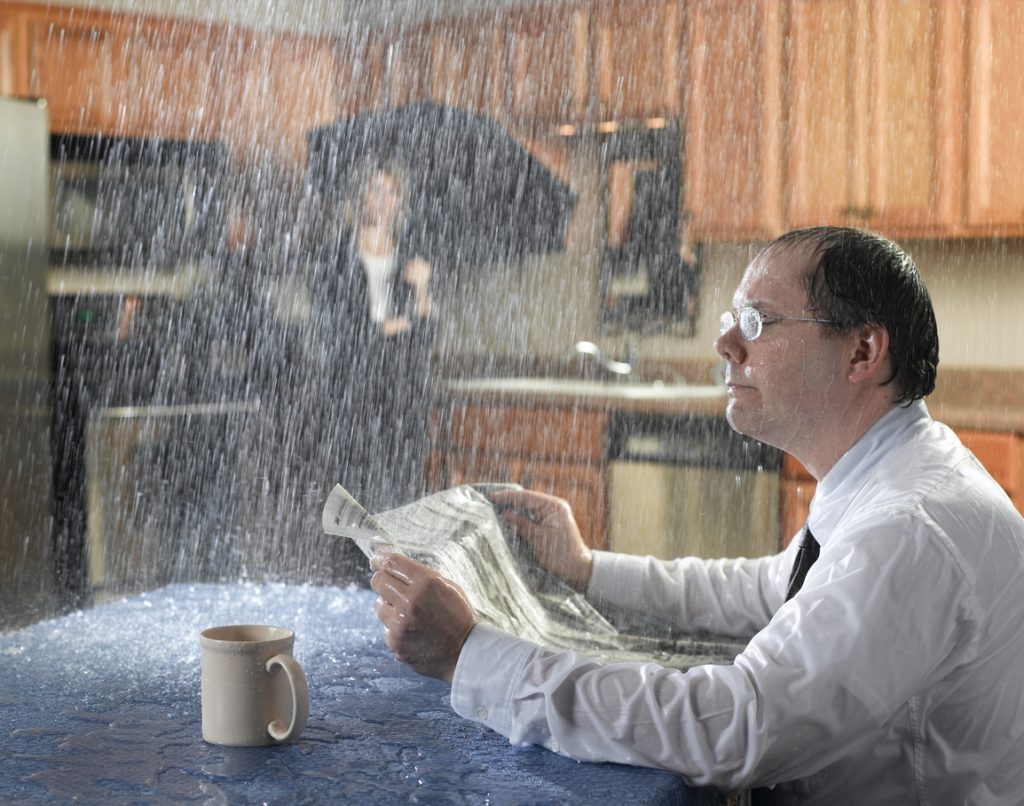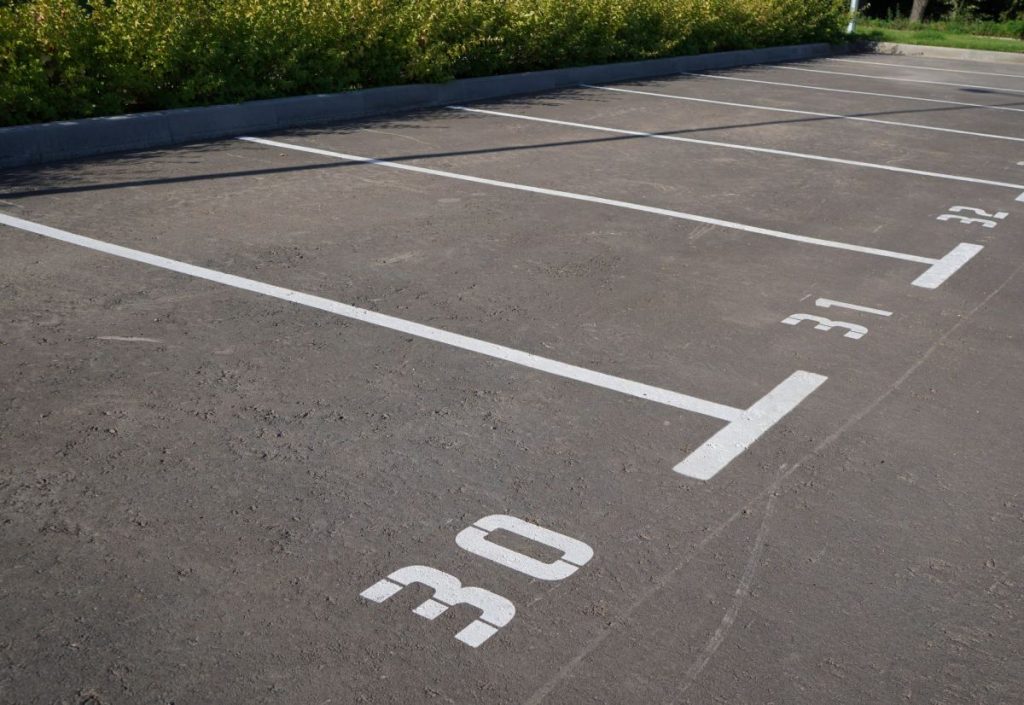Pollution exclusions in insurance policies are typically complex provisions that require a significant amount of legal analysis to apply correctly. Over the years, the body of law interpreting these exclusions has evolved into what is now a fairly narrow interpretation of what is and is not “pollution” under these exclusions. For example, in the case of MacKinnon v. Truck Ins. Exch., 73 P. 3d 1205 (Cal. 2003), the California Supreme Court limited a pollution exclusion in a commercial general liability (CGL) policy, holding that the exclusion only applied to “injuries arising from events commonly thought of as pollution, i.e., environmental pollution.”
Last week, in Villa Los Alamos Homeowners Ass’n v. State Farm Gen. Ins. Co., No. A128443, 2011 WL 3586475 (Cal. Ct. App. Aug. 17, 2011), the California First District Court of Appeal applied this MacKinnon standard to a first-party insurance policy. The court held that a condominium association’s accidental release of asbestos into one of its buildings during a remodeling project was excluded from the association’s insurance policy.
In Villa Los Alamos, the condominium association hired a local contractor to remove the popcorn ceiling in one of its buildings. When the contractor started, it disturbed asbestos in the ceiling tiles, spreading asbestos fibers throughout the building. The local Air Quality Management District cited the contractor, removed it from the project, and ordered the association to perform a comprehensive abatement of the building. Abatement cost the association approximately $650,000. The association sued the contractor, but also put in a claim with its property insurer, State Farm. The association won its lawsuit against the contractor, but the contractor was insolvent and the contractor’s insurer relied on the pollution exclusion in the contractor’s liability policy to deny coverage. When the association’s insurance company denied coverage on the association’s property damage claim, the association sued in an attempt to recover its cleanup costs.
The association argued that even though the MacKinnon standard technically only applied to third-party liability insurance policies, it should apply to first-party property insurance policies as well. The association wanted the narrower reading of the exclusion that MacKinnon provided so their claim for asbestos cleanup would be covered. Before applying third-party doctrines to a first-party case, the court reiterated its earlier distinctions between first and third party insurance saying,
[T]he right to coverage in the third party liability insurance context draws on traditional tort concepts of fault, proximate cause and duty. This liability analysis differs substantially from the coverage analysis in the property insurance context, which draws on the relationship between perils that are either covered or excluded in the contract. In liability insurance, by insuring for personal liability, and agreeing to cover the insured for his own negligence, the insurer agrees to cover the insured for a broader spectrum of risks.
The court then looked to the plain meaning of the exclusion, the expectation of the insured, the similarity of the exclusions, and the history of the exclusion before concluding that,
[A] reasonable insured would expect both exclusions to apply to environmental pollution. This conclusion is bolstered by the common history and the fact that the all peril property policies likewise broadly cover losses unless specifically excluded or limited.
Even thought the court adopted the narrower view of the pollution exclusion, this interpretation did not save the association’s claim for asbestos cleanup. The court examined the facts and found that the asbestos fell within the “environmental pollution” definition and affirmed judgment for State Farm. The association argued that the asbestos release was negligent rather than intentional, that it was contained within the building and did not escape outside, and that it only happened once. The court held that these arguments were not convincing enough to bring the association’s asbestos release out of the meaning of a traditional “environmental pollution.”
Under the specific facts of this case, it also appears that the association knew about the asbestos and hired a contractor that may not have been properly licensed to take the proper precautions for asbestos. California, in particular, has strict licensing guidelines regarding asbestos.
If you are planning remodeling or repairs to your condominium buildings, be sure to check with a licensed professional regarding the possibility of asbestos, because if there is a problem like the one in Villa Los Alamos, it may not be covered under your insurance policy.


